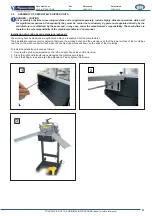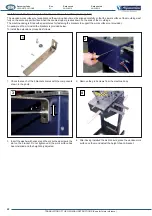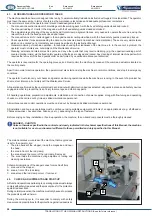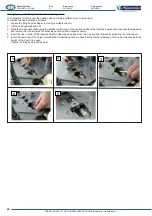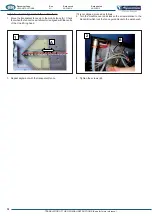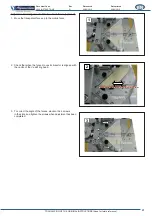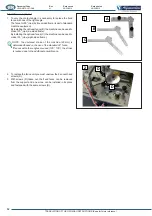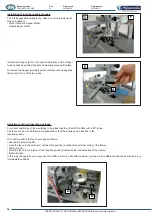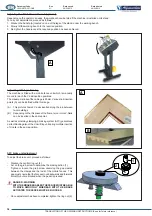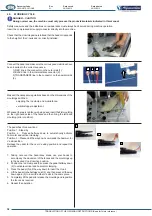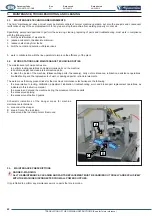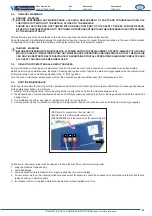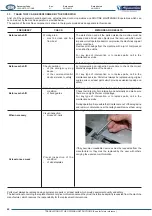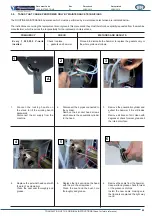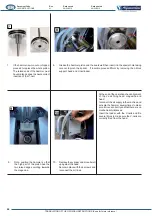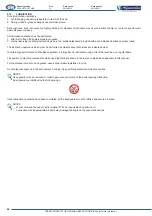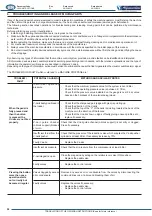
35
TRANSLATION OF THE ORIGINAL INSTRUCTIONS (Keep for future reference)
Document Code
Rev.
Date saved
Date printed
U300 INSTRUCTIONS
01
09/02/2016
09/02/2016
EN
"x+)*=!*$"+&$#!)+";&
?"$<#<%&%?"%?@%$#*#&<&%!*<&$*#!"&<@$<$'<'*>
?>"!%'%#'*%??#<&%?!*<&%'&<
<%%?$*#!"&"&$?#>#\#%#@<$?&<#!#&%?#$%?!#%#*%'&<['%&&%?#%
the thrust of the hammer for inserting V-Nails does not cause the moulding itself to rise.
??#<%?!#%#*%'&<[%?#%%?"%?#%$#&'#""*<%%?$*#!"&<@$
To correctly assemble the mouldings, the operator must always check they do not rise when V-nails are being inserted.
An excessively low work pressure may result in the incomplete insertion of the V-nail in the frame.
?>"#<%<'\%&&%?"*#%&'*$#%<&%?>&'&$?
The work pressure value can be seen on the pressure gauge (B).
To alter the work pressure, proceed as follows:
1. Lift the knob by about 3-4mm.
2. Turn it clockwise to increase the pressure, or anticlockwise to reduce the pressure.
3. Press the knob to lock it back in place.
The following operating pressure values are recommended:
Hardness
Air Pressure
Soft Wood
2 bar / 30 psi
4 bar / 58 psi
Medium/Hard Wood
4 bar / 58 psi
6 bar / 87 psi
Very Hard Wood
6 bar / 87 psi
8 bar / 115 psi
Pressure regulation is carried out manually, so it is possible to use any intermediate value between those indicated.
NOTES
Increase the pressure by about 10 - 20% for H15 or overlapping V-Nails. The pressure values indicated in the table are purely
indicative and may be subject to variations depending on the types of materials being handled.

